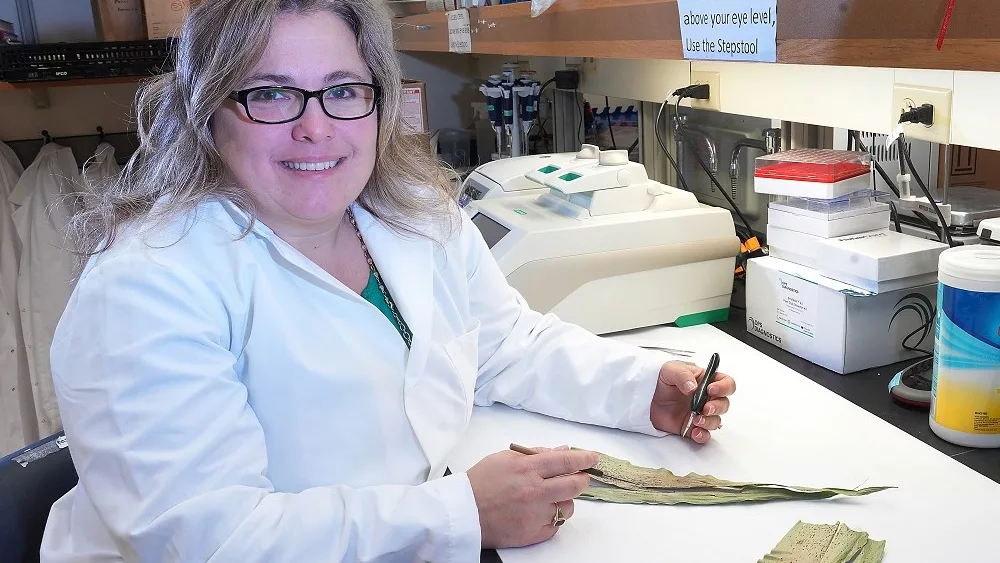
Michigan’s dry bean planting is just about to wrap up as quickly as it started. Dry weather has played into the favor of dry bean growers, but Joe Cramer, executive director of the Michigan Bean Commission, said it’s time for a rain.
“Probably 90 percent of our bean crop went in the ground in the first eight or nine days of the month of June, so we really made a lot of progress in a short period of time,” he said. “The beans that are left to plant, guys are either waiting for some moisture or their larger-seeded beans that are normally planted around the 20th of the month. We’re feeling pretty good about the potential of the crop if we could just get a few rains.”
In it’s March 31 Prospective Plantings Report, USDA estimated that Michigan would plant 210,000 acres of dry beans, which is close to the five-year average. USDA releases its Acreage Report the end of the month with the latest numbers. Cramer said those acres have given way to corn and soybeans.
“I think when everything is said and done, we’re probably going to be under 200,000 acres,” he said. “I don’t know how far yet—corn and soybeans have some very attractive pricing, and guys like to grow them.”
Sales of dry beans skyrocketed during the pandemic as consumers were looking for a shelf-stable, nutritious food. With a drop of 50,000 acres or more from 2020’s acres, Cramer is confident there will still be enough beans to meet demand.
“The challenge is looking forward to 2022 and making sure that corn, soybeans and dry beans are all on a level playing field price-wise, and growers can get paid for that added risk of choosing to plant dry beans,” he said. “Our minds have rolled forward to how to best position beans in 2022 to make sure growers want to stick with them and get a few of those acres back.”
All of the country’s dry bean growing regions are dealing with varying forms of drought. Cramer added that every acre needs to produce average to above average yields to keep up with demand.
“We’ve picked up a share of the stomach of existing consumers, and we added some consumers,” he said. “We’re pretty happy about where we’re at today, and fully intend to maintain that. Any acre or any yield we lose to weather or whatever affects that negatively gets us closer to having a bit of an imbalance in our supply-demand ratios.”





